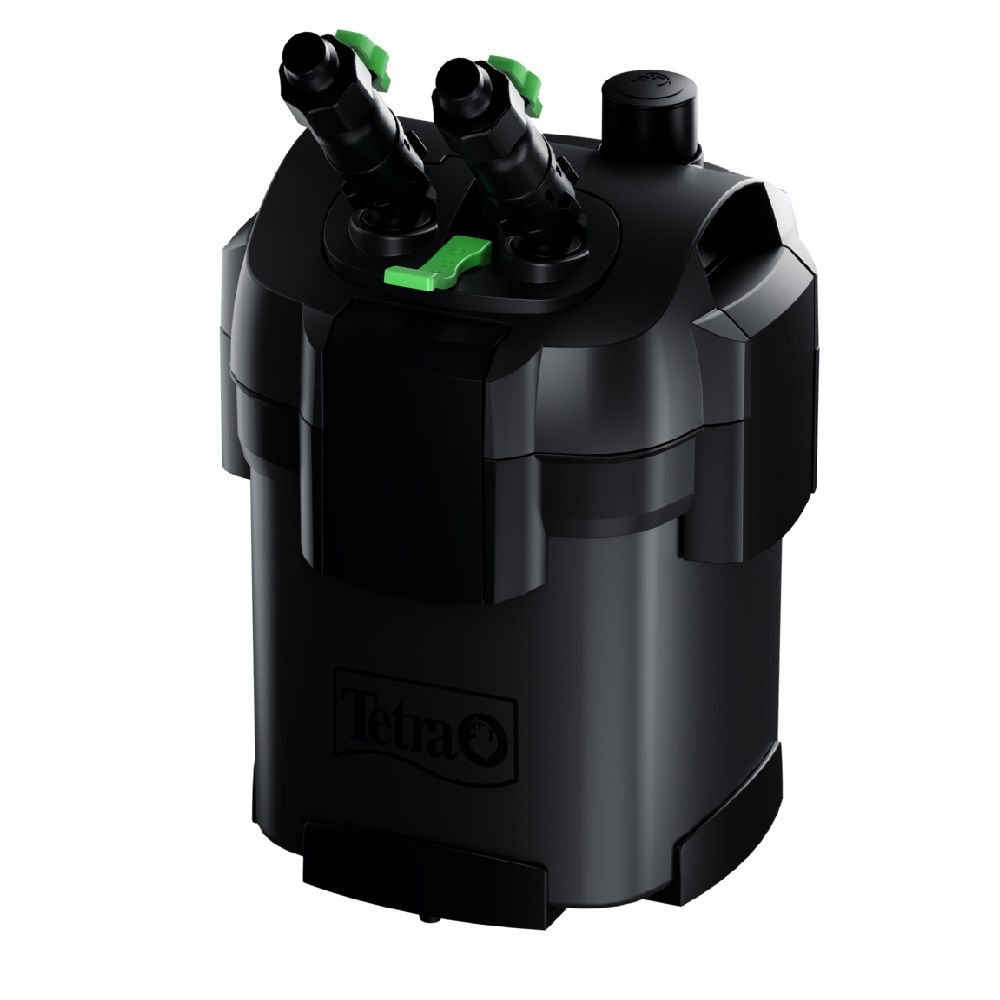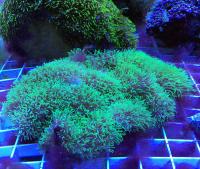Chaeto Reactors compared to Algae Scrubbers
Автор:
SantaMonica, в Общие вопросы морской аквариумистики и не только
Рекомендуемые сообщения
Пожалуйста, авторизуйтесь, чтобы оставить комментарий
Вы сможете оставлять комментарии после авторизации
Войти




 В этой статье мы рассмотрели особенности, преимущества и недостатки внешних фильтров Tetra и описали подробно линейку внешних фильтров TETRA с моделями EX Plus для аквариумов различного объема. Вся линейка снабжена регулировкой потока, что позволяет ограничить течение внутри аквариума, что позволяет содержать любые виды рыб: как любителей спокойных вод, так и обитателей мест с сильным течением. Кроме того, ограничение потока позволяет бороться с некоторыми нежелательными водорослями, например, с черной бородой.
В этой статье мы рассмотрели особенности, преимущества и недостатки внешних фильтров Tetra и описали подробно линейку внешних фильтров TETRA с моделями EX Plus для аквариумов различного объема. Вся линейка снабжена регулировкой потока, что позволяет ограничить течение внутри аквариума, что позволяет содержать любые виды рыб: как любителей спокойных вод, так и обитателей мест с сильным течением. Кроме того, ограничение потока позволяет бороться с некоторыми нежелательными водорослями, например, с черной бородой. 